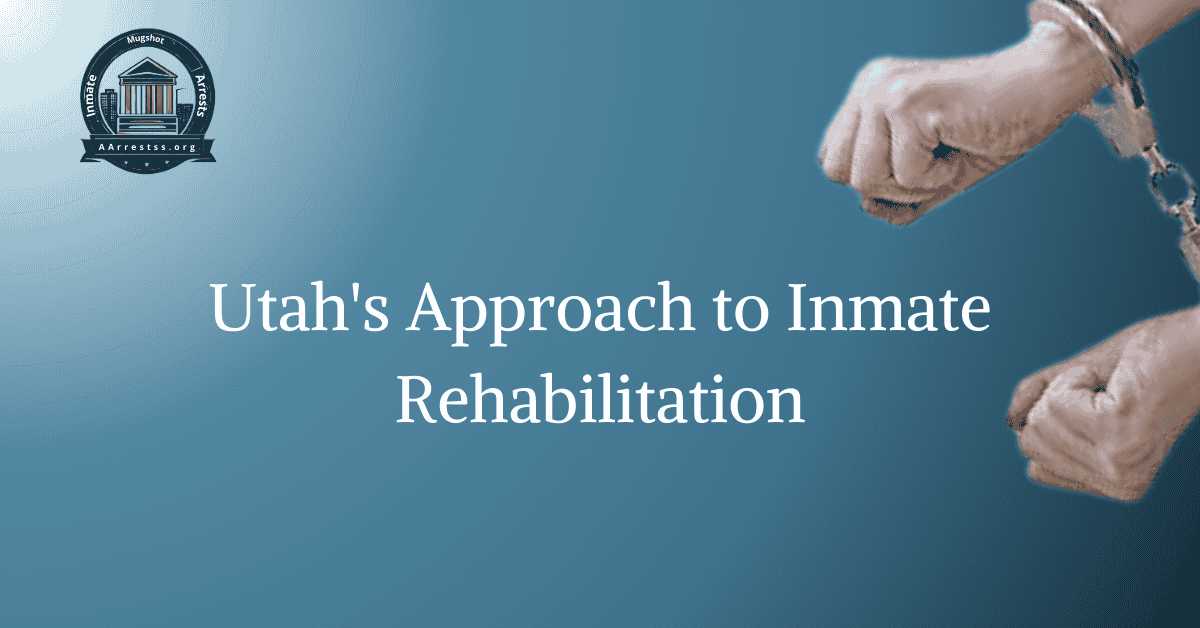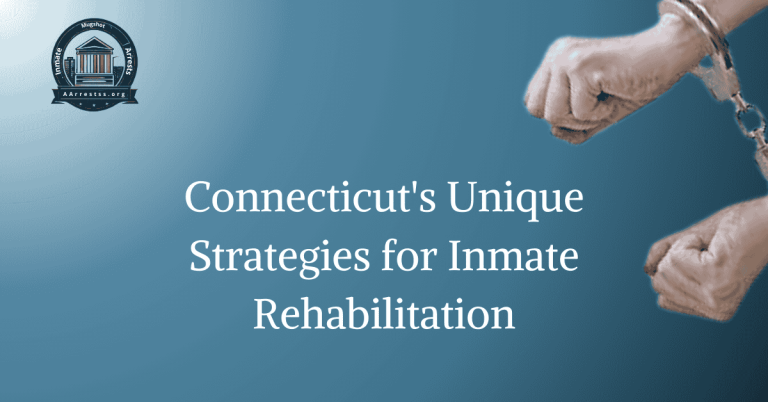Utah’s Approach to Inmate Rehabilitation
Through a combination of cognitive-behavioral therapy, substance abuse treatment, and life skills development, Utah’s rehabilitation programs aim to address the root causes of criminal behavior and promote personal growth and self-improvement. By providing inmates with access to education and vocational training, the state aims to increase their employability and reduce the likelihood of re-offending.
Utah’s Approach to Inmate Rehabilitation
Utah’s Approach to Inmate Rehabilitation focuses on providing comprehensive programs and support to help incarcerated individuals successfully reintegrate into society. With a commitment to reducing recidivism rates, Utah’s innovative approach combines evidence-based practices, vocational training, and educational opportunities to equip inmates with the skills and resources they need to lead productive lives upon release.
Addressing the Root Causes of Criminal Behavior
Through a combination of cognitive-behavioral therapy, substance abuse treatment, and life skills development, Utah’s rehabilitation programs aim to address the root causes of criminal behavior and promote personal growth and self-improvement. By providing inmates with the tools to understand and change their thought patterns, attitudes, and behaviors, Utah seeks to break the cycle of criminal activity and create lasting change.
Promoting Personal Growth and Self-Improvement
Utah’s inmate rehabilitation programs prioritize personal growth and self-improvement. By offering educational opportunities, such as GED classes and vocational training, inmates can acquire new skills and knowledge that increase their employability and chances of success upon release. Through these programs, individuals can gain a sense of purpose and direction, empowering them to make positive changes in their lives.
Reducing Recidivism through Employment Opportunities
One of the key components of Utah’s approach is to increase inmates’ employability to reduce the likelihood of re-offending. By providing vocational training in areas such as construction, culinary arts, and automotive repair, inmates can develop marketable skills that make them attractive to potential employers. Utah also works closely with businesses and organizations to create job placement opportunities for former inmates, ensuring a smoother transition into the workforce.
Evidence-Based Practices and Continuous Improvement
Utah’s inmate rehabilitation programs are grounded in evidence-based practices. By utilizing strategies and interventions that have been proven effective in reducing recidivism, Utah aims to maximize the impact of its initiatives. The state continually assesses the effectiveness of its programs, making adjustments and improvements based on research and data to ensure the best possible outcomes for inmates and the community.
A Collaborative Approach
Utah’s Approach to Inmate Rehabilitation involves collaboration between various stakeholders, including correctional staff, community organizations, and volunteers. By working together, these partners can provide a holistic support system for inmates, addressing their physical, mental, and emotional needs. This collaborative approach fosters a sense of community and promotes a positive environment for rehabilitation and reintegration.
FAQs
What is Utah’s approach to inmate rehabilitation?
Utah’s approach to inmate rehabilitation focuses on a comprehensive and individualized approach to address the needs of each inmate. The state believes in providing education, vocational training, and therapy to help inmates develop skills and become productive members of society upon release.
How does Utah’s approach differ from traditional approaches to inmate rehabilitation?
Unlike traditional approaches, Utah’s approach emphasizes a therapeutic community model where inmates are actively engaged in their own rehabilitation. This model creates a supportive environment that promotes personal growth, self-reflection, and responsibility.
What educational opportunities are available to inmates in Utah?
In Utah, inmates have access to a wide range of educational opportunities, including GED programs, vocational training, and college courses. These programs aim to enhance inmates’ skills and increase their chances of finding employment upon release.
Does Utah provide mental health services to inmates?
Yes, Utah recognizes the importance of addressing mental health issues in the rehabilitation process. The state offers various mental health services, including counseling, therapy, and psychiatric care, to ensure inmates receive the support they need.
How does Utah prepare inmates for reintegration into society?
Utah’s approach to inmate rehabilitation includes reentry programs that focus on developing essential life skills, such as job readiness, financial management, and interpersonal communication. These programs aim to reduce recidivism rates and help inmates successfully reintegrate into society.
What support systems are in place for released inmates in Utah?
Utah recognizes the importance of continued support for released inmates. The state provides access to transitional housing, employment assistance, and community-based programs to help individuals maintain their rehabilitation progress and successfully reintegrate into their communities.








